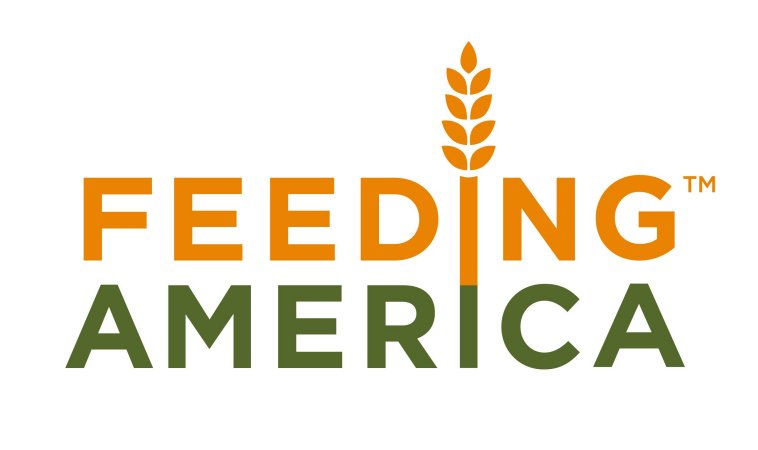Food insecurity is a major issue around the world and even in the United States. What is food insecurity, you may ask? Food insecurity is defined as limited or uncertain availability of nutritionally adequate and safe foods or limited or uncertain ability to acquire acceptable foods in socially acceptable ways.
This means that some families rely on skipping meals, eating inadequate portions, federal food assistance programs, shoplifting, and other coping strategies to deal with food insecurity. Currently, the prevalence of food insecurity in the United States is 14 percent, or 17 million households.
While ending world hunger may seem like a daunting task, there are simple actions that you can take to help achieve the world’s goal of eliminating malnutrition by 2030.
1. Donate to Feeding America

Photo courtesy of feedingamerica.org
Feeding America is a network of food banks that is dedicated to reducing hunger in communities nationwide.
Monetary donations are used to give meals to families in need, and can be of any amount. Every dollar counts! A one-time donation of $25 is enough to provide meals for a hungry child for three months.
2. Donate to your local food bank or food pantry.
Having trouble finding a place to donate food? Food Pantries is an online directory of food banks, soup kitchens, and non-profit organizations. It is updated by users around the country, and provides information on location, hours of business, and how you can donate.
Feeding America also has a Find Your Local Food Bank directory where you can search for Feeding America partner food banks by state or zip code.
3. Start a food drive.
Getting your friends, family, co-workers, or school mates to collect food is a great way to combat hunger and food insecurity.
Don’t know where to begin in creating your own food drive? Check out Move For Hunger’s guide on how to start a food drive. The steps are easier than you think, and the Move For Hunger team will even help you get started.
4. Volunteer.
Your time can be one of the most valuable things that you can offer to fight food insecurity. Many local food banks and food pantries are understaffed and need help to fill bags and provide the other services that they offer.
Feeding America gives some great tips on how to volunteer. Getting involved with college efforts like a Campus Kitchen or other volunteer student organizations dedicated to eliminating food insecurity can also be an awesome starting point.
5. Write to or call your elected officials about food policy.
Legislation is involved with every step of how food gets from the farm to your fork. It is responsible for laws on dietary guidelines, hunger relief, food assistance programs, sustainability, and more.
In order to make positive legislature happen, our officials need to hear from us to learn what we want and care about. Exercise your rights and contact your elected officials about food issues important to you. A call or email about a food policy bill that you do or don’t support can make a world of difference.
Don’t know what bills are currently being looked at in Congress? GovTrack offers a list of bills related to agriculture and food, and provides information on the contents of the bill as well as its status in the legislative process. Join millions of food activists and contact your state and local governments, or find your senators and representatives to make your voice heard.


